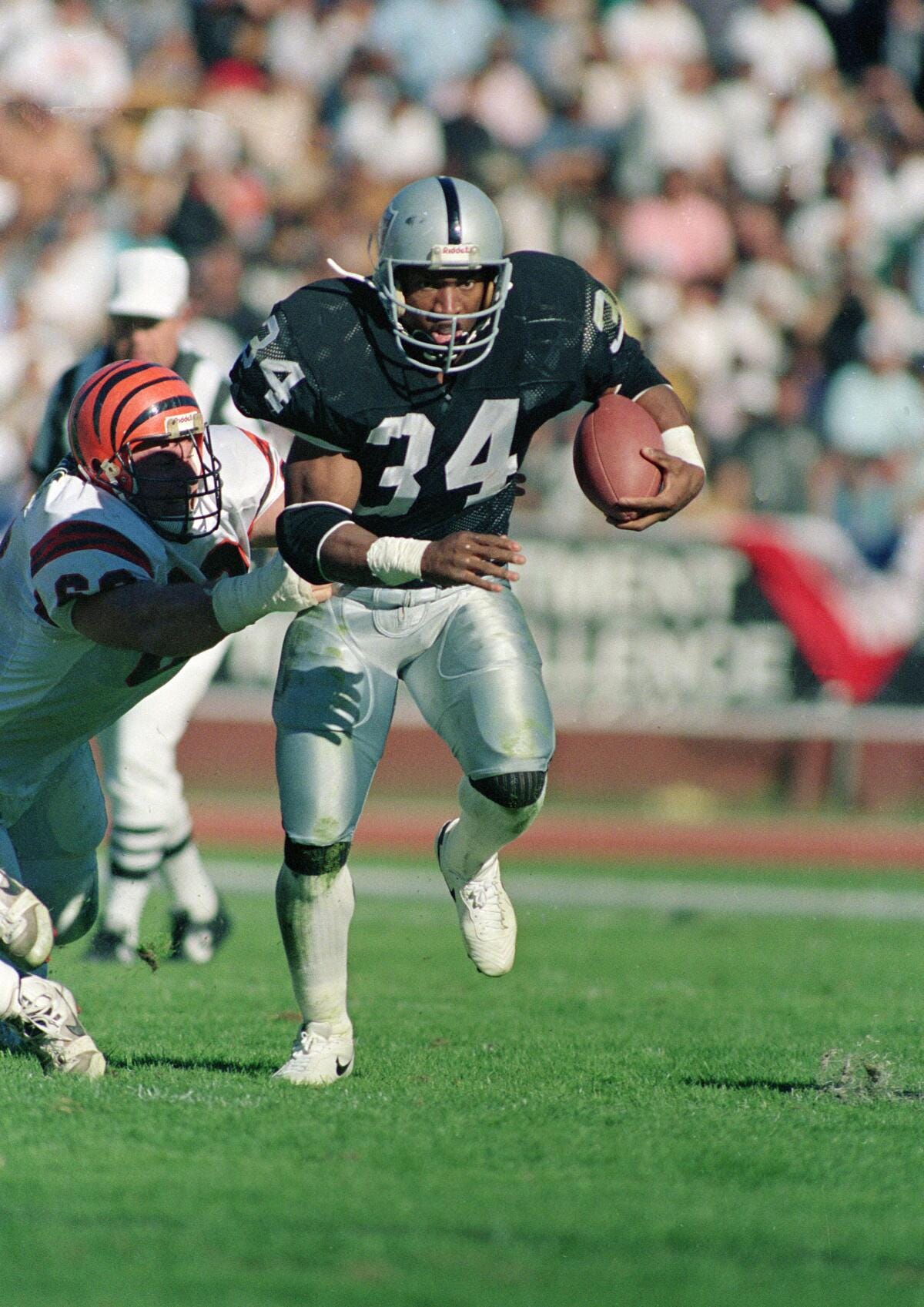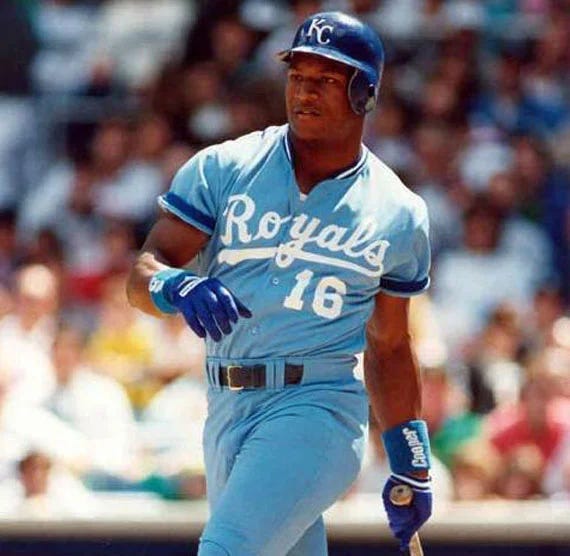How Nike built a $400M brand with this surprising partner (not MJ)
Abstract ideas need concrete proof.
In the 1980s Nike made athlete partnerships a billion dollar business.
And they’ve had some memorable ones - Michael Jordan, Tiger Woods, Serena Williams, and more.
But one of their most successful athlete partnerships is one you might’ve forgotten (or never seen before)…
You see in 1989, Nike had a problem.
Despite the AirJordan’s massive popularity, they were still stuck in second place behind Reebok in some key categories.
The brand needed something different to break through.
So they bet it all on a new product line: cross-trainers.
These weren’t basketball shoes or running shoes - they were designed for athletes who needed to do everything.
But how do you sell a product whose main benefit is versatility?
It’s a tough concept for people to get their heads around, and not something most non-athletes ever think about.
And fans don’t usually watch a game and say, “Wow I just love that player’s versatility.”
It’s not concrete - which if you’ve been reading my emails for a while you know that making offers, products, and benefits feel concrete is one of the most powerful tools in marketing.
So Nike was left wracking their brains for a way to sell versatility…
Until they found Bo Jackson.
Jackson was doing something that few other professional athletes ever have - playing two major sports at the highest level.
He was a starting running back for the Los Angeles Raiders AND an outfielder for the Kansas City Royals - at the same time.
Jackson had negotiated a special contract with Raiders owner Al Davis that allowed him to play full seasons for both teams.
So when it came to embodying “versatility” Nike knew Bo would be the perfect partner.
And they created an ad campaign called “Bo Knows.”
It showed Jackson excelling at sport after sport - cycling, basketball, hockey, tennis - always ending with the phrase: “Bo knows [sport]”:
“Bo knows basketball”
“Bo knows football”
“Bo knows hockey”
Nike timed the campaign launch perfectly.
The ad debuted during the 1989 MLB All-Star Game, where Jackson hit a first-inning home run and was named Most Valuable Player.
Millions of people watched Bo Jackson dominate on national television, then immediately saw the Nike commercial.
Due to in large part to this ad campaign, Nike snapped up 80% of the cross-training shoe market and grew their category sales from $40M to $400M.
So why did this work so well?
Well, in a part due to Availability Bias - Bo Jackson was grabbing headlines left and right, and because Nike was associated so closely with Jackson you couldn’t help but think of the brand every time he hit a home run.
Availability Bias says our brain thinks things that have happened recently or stand out in our minds are more likely to happen again.
It’s why when you hear about a recent shark attack you think twice about going for a swim at the beach - even if you’re no more or less likely to get bitten yourself.
Another psychology principle that comes into play is the Rhyme-as-Reason Effect which says we remember things better and believe them to be more truthful when they rhyme.
Think, “Righty tighty, lefty loosey,” “What sobriety conceals, alcohol reveals,” or “If the glove doesn’t fit you must acquit.”
“Bo Knows” was so catchy and versatile that it became a meme before people even knew what a meme was, creating Cognitive Fluency.
This principle describes how easy something is for our brains to process and remember.
“Bo Knows” was short, rhythmic, and simple.
It became one of stickiest sayings in modern advertising and a part of the broader cultural language.
But the ad would have never worked it if wasn’t for Jackson’s authentic versatility, which made his need for shoes that could handle everything, true.
Because abstract ideas need concrete proof.
Until next time,
Jen


